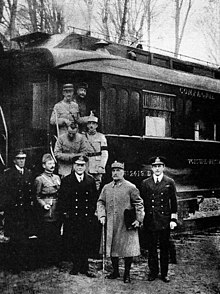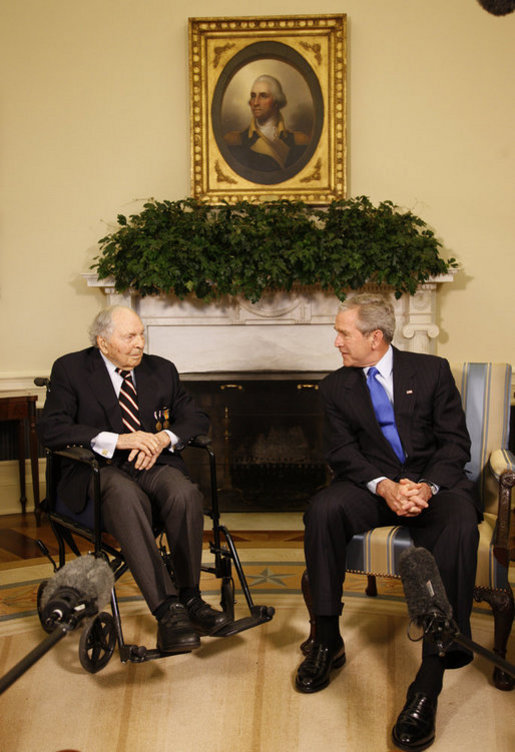This BBC Timewatch documentary from 2005 examines the effects of David Lloyd George as British Prime Minister during World War I. It also features a critical analysis of his relationship with Field Marshal Sir Douglas Haig as well as Lloyd George’s impact on the perceived history of the Great War in the 1920s. British Expeditionary Force commander Sir Douglas Haig had a well deserved reputation of being a commander who was profligate with the lives of his soldiers. Lloyd George recognizing that two British army’s had been pretty much destroyed – the first being the small professional army of 1914 was just about wiped out at Ypres in the Autumn of 1914, the second was the Kitchener Army which was raised after the destruction of the first army and was bled white at the Somme in 1916 and Passchendale in 1917. When the great Ludendorff Offensive in the Spring of 1918 (21 March – 18 July 1918) opened with some initial tactical successes against the British, Haig desperately needed reinforcements while Lloyd George held them back until the right time because he did not want Haig to destroy a third army. Nevertheless, Haig was ultimately reinforced and he finally developed into a good commander and with the cooperation of the French, Belgian, and the newly arrived American Expeditionary Force defeated the German Army during the Hundred Days Offensives (July 18 – November 11, 1918). Lloyd George was incorrect in his belief that Germany’s allies Austria-Hungary and Turkey were propping up Germany when it was in fact Germany that was propping up them.
I do not agree with the revisionists who claim it would not have made much of a difference if Germany had won World War I. The Germany of the Kaiser was an appalling regime which was completely imperialist. We now know that had Germany won, their demands on the defeated French and Belgians would have been absolutely brutal regarding territorial annexations, economic exploitations and crushing indemnities designed to cripple France for decades (see the Treaty of Brest Litovsk and the Treaty of Bucharest for two good examples). The big mistake the Allies made was in their refusing to deal with dictators and insisting that only a civilian German government should sign the armistice. This allowed the arch reactionaries to falsely claim that the German army was never defeated. In May 1945 the allies did not make that mistake and they insisted that the German Army surrender and that the surrender but unconditional with no German soldiers marching back to Germany with their weapons and signs proclaiming that they never were defeated.
A critical evaluation of Field marshal Douglas Haig giving both sides of the story.








